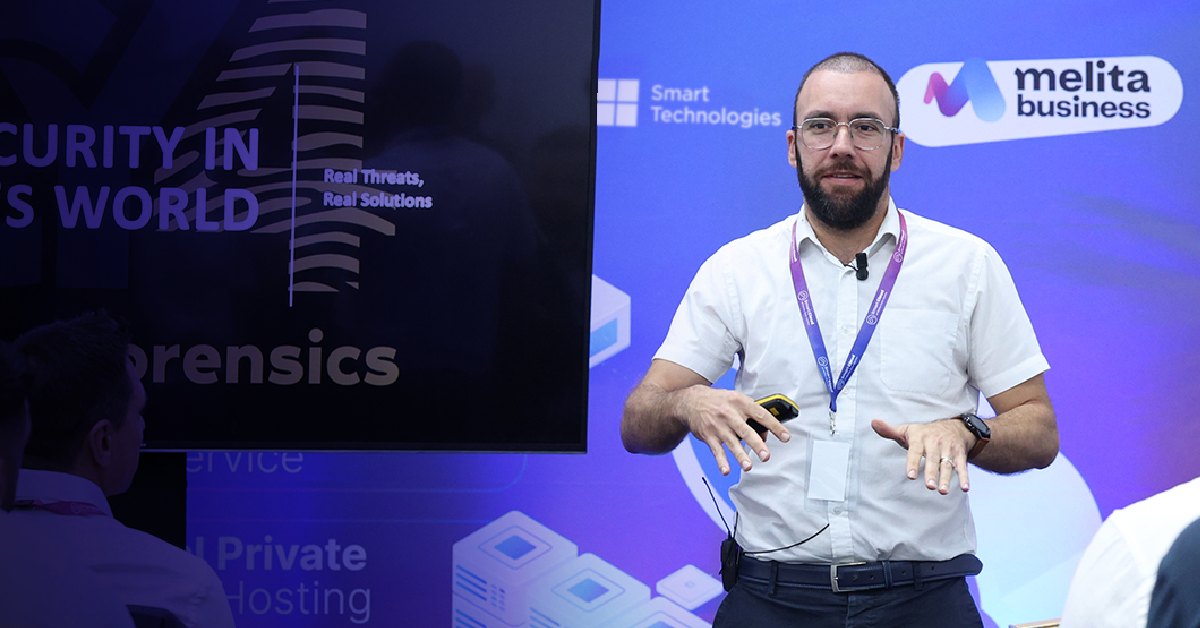
By Keith Cutajar, CEO, CY4 Cyber Forensics
The Growing Cyber security Threat Landscape: What Businesses Need to Know
Every day businesses are increasingly vulnerable to cyber attacks. From malware to ransomware and phishing, the threats are not only growing in number but also evolving in complexity. To protect their operations and sensitive data, it is essential for businesses to understand the scale of these cyber threats and adopt effective strategies to mitigate them.
The Size and Scope of Cyber security Threats
The scope of cyber security threats is staggering. In 2023, an astonishing 450,000 new malware samples were registered daily, with the vast majority of malware—94%—being delivered via email. The impact of these attacks is profound. Ransomware alone affected over 72% of organisations during the year, demonstrating the widespread reach of these malicious programmes.
Phishing continues to be one of the most common and damaging methods used by cybercriminals, responsible for 41% of incidents in 2023. The financial cost is immense, with businesses losing an average of $4.9 million per phishing attack. Data breaches have also soared, with an average cost of $4.45 million per breach. The healthcare sector, in particular, faces significant risks, with average breach costs rising to an alarming $10.05 million.
As the number of connected devices increases, businesses also face mounting risks from the Internet of Things (IoT). In December 2022 alone, the number of IoT attacks surpassed 10.5 million, highlighting how vulnerable these devices are to exploitation by cybercriminals.
Modern Intrusion Techniques
Cybercriminals are continuously adapting their methods to outsmart traditional defences. One of the most concerning tactics is the exploitation of zero-day vulnerabilities, which are unknown flaws in software that haven’t been patched by vendors. These vulnerabilities allow attackers to gain undetected access to systems, often causing significant damage before the vulnerability is discovered.
Artificial Intelligence (AI) has also become a tool in the hands of cybercriminals. By leveraging AI, attackers can automate large-scale attacks, such as phishing and malware generation, and develop sophisticated evasion techniques to avoid detection. This level of automation enables criminals to launch highly effective attacks with minimal effort.
Cloud-based systems, while essential for modern business operations, have become another popular target for cyberattacks. Misconfigurations in cloud environments can give attackers easy access to sensitive data. Moreover, by targeting the supply chains of cloud service providers, cybercriminals can infiltrate multiple organisations in a single attack.
Practical Steps for Mitigating Cyber security Risks
Despite the daunting threat landscape, businesses can take several steps to strengthen their defences. First and foremost, maintaining strong security fundamentals is critical. Regular patching of software, operating systems, and applications can prevent attackers from exploiting known vulnerabilities. Multi-factor authentication (MFA) adds another layer of security, making it much harder for attackers to gain unauthorised access.
Effective network security measures, such as the implementation of firewalls and intrusion detection/prevention systems (IDPS), are also key to controlling network traffic and detecting suspicious activity. Additionally, businesses should segment their networks to isolate sensitive systems, thereby limiting the impact of any potential breach.
Endpoint security is equally important. Reliable antivirus and antimalware solutions can prevent malicious programmes from infecting devices, while Endpoint Detection and Response (EDR) systems help identify and respond to threats in real-time. Protecting data through encryption—both at rest and in transit—also ensures that sensitive information remains secure even if it falls into the wrong hands.
Finally, fostering a culture of cyber security awareness within an organisation can significantly reduce the risk of human error. Employees should be regularly trained to recognise phishing attempts and other social engineering tactics. Educating staff on proper security practices, such as secure password management and the importance of reporting suspicious activity, is essential in preventing breaches. Preparing employees for security incidents by establishing an incident response team and regularly testing incident response plans can further enhance an organisation’s ability to react swiftly and effectively to cyberattacks.